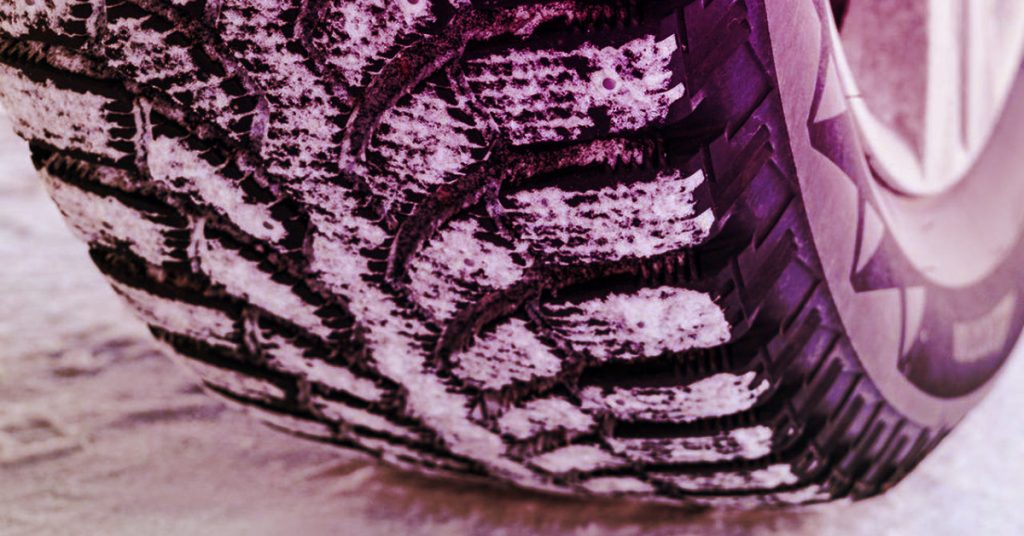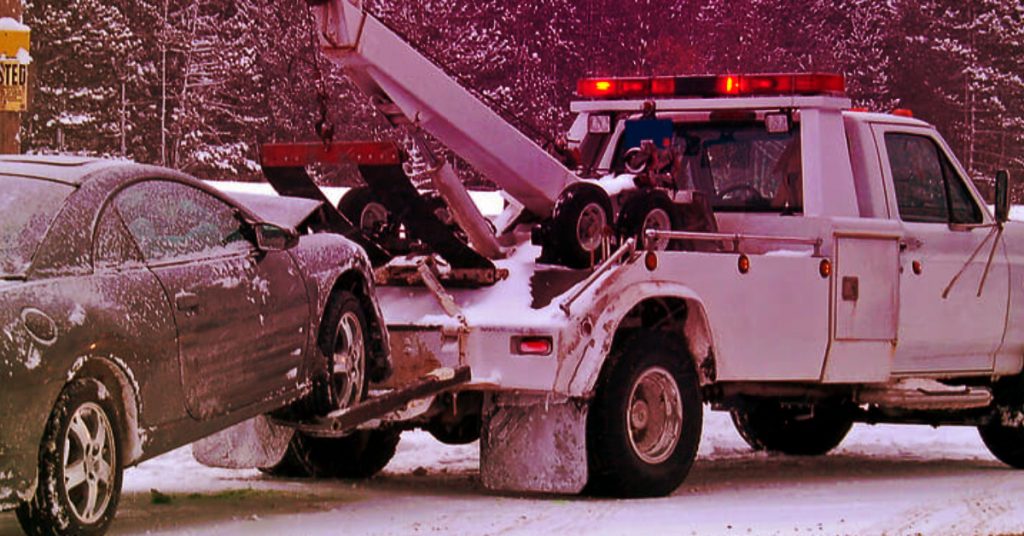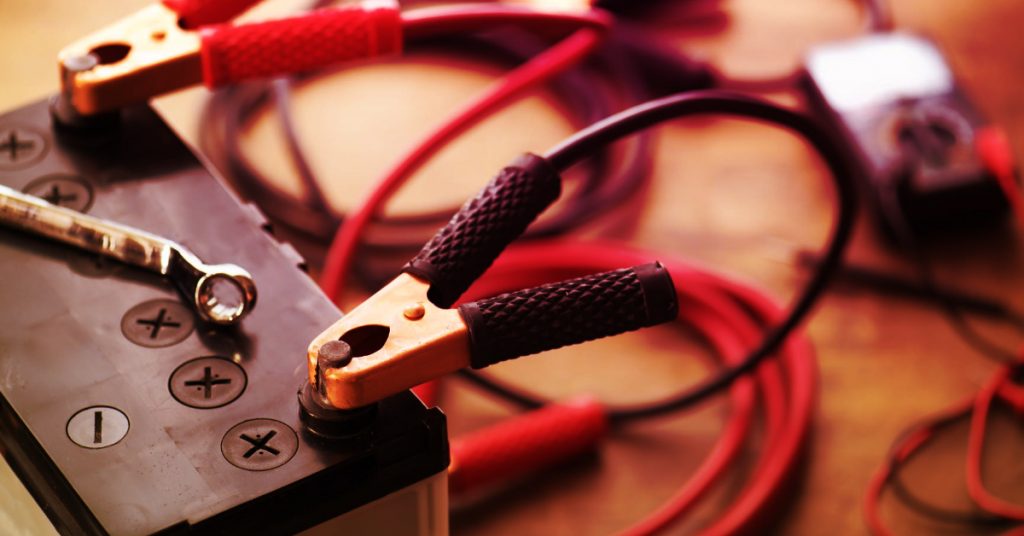
How to Safely Drive in Snow and Ice in 2022
Winter is slowly approaching us as we speak, and with it comes the inevitable road conditions like snow and ice. As a driver, there’s nothing more frustrating than being behind the wheel during a blizzard, going upwards of 5 mph for hours on end because you can no longer see a thing.
Driving in such conditions can be extremely dangerous, and quite frankly, it’s not safe for others on the road. Ice, snow, and slush all influence the way your car responds on the road, and none of them influence it for the better. If you need to drive in these conditions, it is important to know what you can do to maximize your safety as well as the safety of others on the road while driving!
Table of Contents
1) Equip winter tires.

Winter tires are specifically designed for cold weather and wet/slick conditions. They have a stiffer rubber compound than summer or all-season tires so as to improve traction on ice and packed snow as well as a grip when starting and stopping. The tread pattern of a winter tire is also specially designed with biting edges that will help you stop more effectively, even at low speeds.
Some people like using all-season tires instead, but the reality is that all-season tires are not designed to grip at low temperatures, which is why they seem so noticeably worse during wintertime. There’s really no reason not to invest a few hundred dollars to get a set of winter tires for your car.
2) Slow Down
It should go without saying– if you’re unsure about how slippery the conditions are, decrease your speed! It’s much easier to drive around accidents when speeds are lower. You’ll also have more time to respond or stop, giving you more latitude in avoiding an accident altogether. Plus, driving over ice and snow at high speeds just makes things even slipper! If you feel yourself slipping out of control it’s best to ease up on the gas and stay off it until you feel like you can safely grip and maneuver again.
3) Steer With Your Hands, Not Your Feet
It’s much more difficult to aim a car accurately when it’s sliding around. The best thing to do is turn your steering wheel slowly and gradually as well as straighten out your hands if the car starts to lose control. If you simply let up off of the gas or jam on the brakes (or both), this makes it much more likely that the car will be able to stay in its lane.
4) Use Cruise Control Wisely
Cruise control is great for getting through large snow drifts without having to constantly hit the gas or brake! It does, however, lead some drivers into becoming very complacent and neglecting their surroundings. When cruising at a constant speed, you may not be keeping enough attention to the road ahead of you! As such, never use cruise control when visibility is low.
5) Know The Right Time To Pull Off
Snow and ice make for slippery roads, which means that accidents will be much more common (especially if people are driving too fast). If you get in an accident or slide off the road while driving in these conditions, it’s important to know what your next steps should be. There is no one single answer for this question– whether you stop and stay with your car, call a tow truck, or go for help depends on many factors:
How far away from where you came from still? How bad is the weather? Is there likely to be other cars on the road when you get out of your car? How aware are you of your surroundings? Again, this decision should come down to safety in mind. If you feel unsafe getting out of your car in the snow, it’s probably best not to do so!
6) Know When To Call A Tow Truck

If for whatever reason you cannot safely move your vehicle off of the road or wait for help, calling a tow truck is key. You won’t get very far on icy roads by yourself– even if you’re absolutely sure that your tires are good enough for driving on ice. It’s much better to call a tow truck early rather than risk having bad tire traction catching up to you.
7) Keep The Car’s Battery Charged

To keep your car running in case of an emergency, it is important to keep the battery charged. If you find yourself stuck or stranded on a cold night, your car will eventually lose power and stall out if you shut off the engine and let it sit for too long. This may seem dangerous–and it can be– but leaving your engine running just puts excess wear and tear on the engine by forcing it to work harder than necessary at low RPMs! Keep that electric heater going to stay safe.
8) Have A Winter Emergency Kit Ready
In addition to making sure your car has enough gas (in case you do need to leave the car behind), make sure to have a winter emergency kit in your trunk! This should include:
- An ice scraper
- Snowbrush with an extendable handle
- Snow shovel (or ‘snow scoop’ as it is called)
- Jumper cables for your car battery
- Blankets/sleeping bags
- Flashlights
- Bag of road salt
- A tow strap or chain
This kit will be invaluable if you find yourself stuck on the side of the road during poor weather. You’ll be able to stay warm, see where you’re going, and maybe even leave your car behind if necessary. Remember– safety first!

